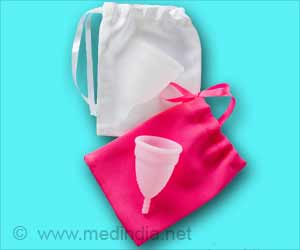Most postmenopausal women with small breast tumors don’t need chemotherapy to reduce their recurrence risk after lumpectomy.
Most postmenopausal women with small breast tumors don’t need chemotherapy to reduce their recurrence risk after lumpectomy.
To try to determine who does, a test that measures a tumor’s aggressiveness based on its DNA will be tested nationally in more than 10,000 of these women.“The dilemma physicians have with these patients is, because they have such small tumors, it’s hard to tell who needs chemotherapy,” said Dr. Thomas A. Samuel, Medical College of Georgia hematologist/oncologist specializing in breast cancer and a study principal investigator.
If you take 100 postmenopausal women with a small tumor that has estrogen receptors – most do – and no sign the disease has spread to the lymph nodes, probably 12 to 15 of the women need chemotherapy to reduce recurrence, Dr. Samuel says.
To save those patients’ lives, all 100 have to be treated with chemotherapy, because no definitive test indicates who really needs it, says Dr. Samuel. Yet the vast majority will do well with lumpectomy, radiation and hormone therapy that keeps cells from being refueled by estrogen.
Although chemotherapy is a powerful tool, he’s seen many patients struggle with notorious side effects such as hair loss, nausea, vomiting and increased risk for leukemia and heart problems. Some patients even opt to stop treatment. “I know that a number of these patients probably don’t need it but there is no way for me to know who they are ahead of time. I think this trial will help us find who should get it and who should not.”
“The Oncotype DX™ looks at the DNA of the breast cancer cells and tells us if this cancer is more likely to spread or grow,” says Dr. Samuel of the commercially-available test that looks at 16 tumor genes and uses five reference genes as controls. “How cancers behave largely depends on what the DNA is like.”
Advertisement
If the federally funded study of thousands of women over the next five-plus years backs up smaller studies, the test likely will become part of the standard of care for this group of women, he says.
Advertisement
Enrollees with the lowest recurrence scores will have radiation therapy and hormonal treatment following lumpectomy. Those with the highest will also get chemotherapy. “The debate is in the intermediate risk group. That is where most women fall and the ones where we are not really sure what to do,” Dr. Samuel says. That majority of patients will be randomized to either get chemotherapy or not.
Dr. Samuel hopes to enroll about two patients per month; the trial likely will be open several years depending on how long it takes to get a total of 10,000 nationally. Participants will be followed for at least five years.
He notes the highest risk for recurrence is within two years after diagnosis. While the risk never goes away, it is very low after the five-year mark.
Breast cancer is most common in postmenopausal women and chemotherapy, tends to cause even more problems in older women, Dr. Samuel notes.
In fact, in this group of patients hormonal therapy is probably better tolerated and more efficacious, he says. Any patient who has a lumpectomy needs radiation therapy on remaining breast tissue. “We add chemotherapy if the tumor is big enough and we think the risk is high enough that the cancer may come back,” says Dr. Samuel. Chemotherapy must precede radiation therapy because it worsens the toxicity related to radiation. When patients get both, the treatment course can last eight to nine months. “If we can better determine who needs chemotherapy, we can shorten that time significantly,” Dr. Samuel says. Hormonal therapy comes last and can exceed five years.
Source-Bio-Bio Technology
SRM











